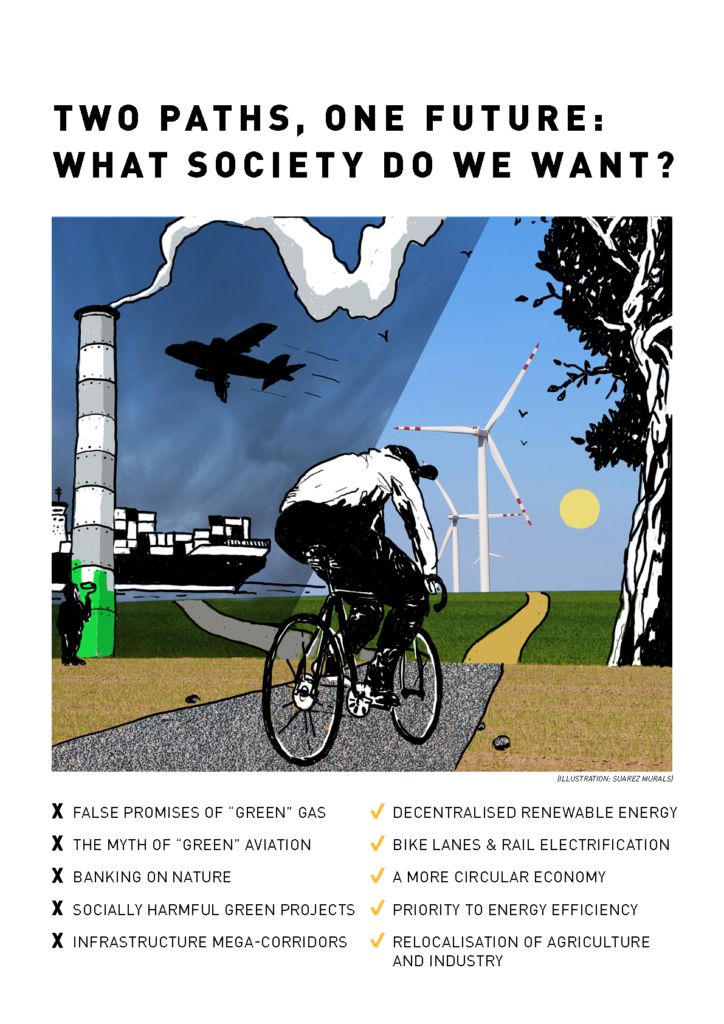The EIB has a strong potential to contribute to the European Green Deal and a Just Transition for all. But for this it needs to prioritise the needs of European citizens and people worldwide.
Some examples of projects that the EIB should prioritise include investments in energy efficiency, building renovation, decentralized renewable energy sources, circular economy and other forms of infrastructures that are connected to the needs of people and their territories. The EIB should also increase access to finance for local communities by investing locally, to ensure that finance reaches people on the ground and helps boost local economies. Funds should also be gender responsive and take into account the needs of women to ensure that all parts of society benefit.

Renewable energy support for those who need it the most
Between 2016 and 2019, the EIB has invested approximately € 13 billion in renewables for electricity and heat generation capacity, but if it really wants to contribute to the new target of 32% of renewables in the EU’s power mix by 2030, it needs to do much more.
But it’s not just the quantity that matters. In order to build an energy model that is sustainable and accessible for all, the type of renewables projects financed by the bank and their geographic spread are also very important.
For example, the recent geographic distribution of the EIB loans to renewable projects has been highly unequal, with an important gap in Central- and Eastern European countries – where the support to a clean energy transition is needed the most.
We think that the bank should tailor its approach to the specific needs of countries and territories, boosting its financial assistance to small-scale and/or people-owned and controlled decentralised renewable energy projects with a strong sustainability objective.
Energy efficiency, for all
Another key effort to reduce greenhouse gas emission, while creating a more competitive and inclusive energy system, is to improve its efficiency.
The EIB has a big role to play to help stimulate energy efficiency investments by smaller companies, municipalities, regions and individuals.
The EU needs it: to achieve the EU’s 2030 clean energy targets, there is still a gap of €130 billion each year to be invested in energy efficiency in buildings. Such investments would not only reduce greenhouse gas emissions, but also improve the quality of buildings, reduce energy bills, benefit public health and wellbeing and lead to an increase in local jobs.
Energy efficiency should guide all the future investment choices of the bank.
Sustainable transport modes
Transport is still a key challenge for the bank. The EIB Transport Policy is largely outdated and currently enables the financing of polluting and carbon-intensive transport modes, including the expansion of motorways.
If the EIB is serious about becoming the “EU Climate Bank”, it must end its support to heavily polluting projects and instead prioritize funding for zero-carbon transport modes, such as electric urban public transport, bike lanes and rail electrification (including night trains).
Local and regional authorities should also be assisted in order to ensure public participation and investment into these transport modes.